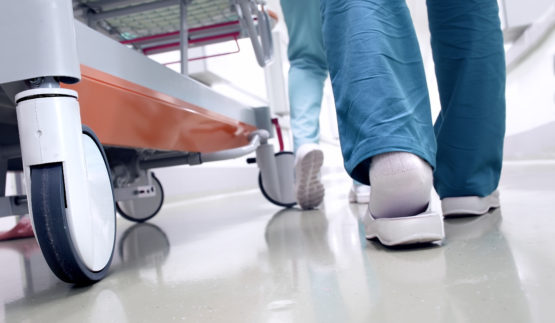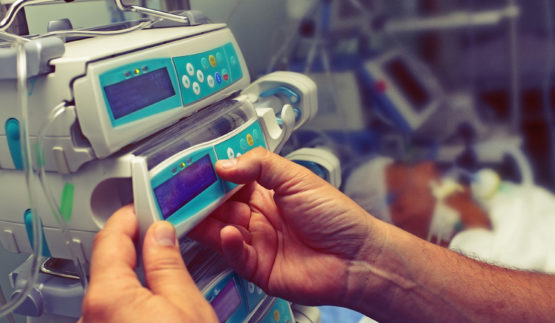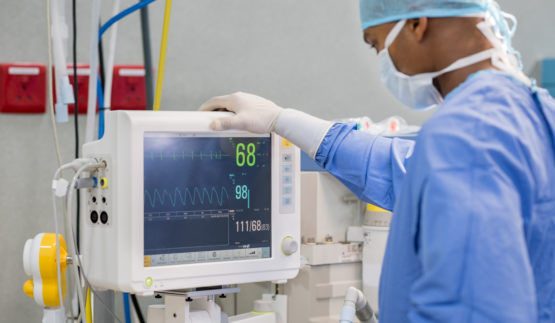
May 6, 2021
Adverse Events Can Happen Anywhere, Anytime, Including Patient Transport
by Halley Herndon and Cathleen Olguin
Healthcare organizations efficiently harness valuable waveform data for clinical research, utilizing advanced integration technology to capture waveforms from medical devices and tailor the data to the requirements of downstream systems such as analytics applications and research databases.

April 21, 2021
Efficiently Accessing Waveform Data Can Yield Stronger Clinical Research and Outcomes
by Teresa Soman, Cathleen Olguin and John Zaleski
Healthcare organizations efficiently harness valuable waveform data for clinical research, utilizing advanced integration technology to capture waveforms from medical devices and tailor the data to the requirements of downstream systems such as analytics applications and research databases.

November 24, 2020
A Nurse’s Greatest Fear: Missing Signs of Preventable Patient Deterioration
by Cyndi Coyne, BSN, RN
Patient care requires continuous cognitive shifting and stacking to identify and prioritize clinical tasks. Processing the vast volume of information alone is stressful, then consider that shifting and stacking can potentially distract a clinician from noticing a warning sign of patient deterioration. The best result would be a slight delay in the delivery of needed care, while the worst result would be A Nurse’s Greatest Fear.

October 20, 2020
Edge Computing Part 2: Protecting Medical Devices and the Network from Cyberattack
by Christophe Dore and Robert Cohen
Edge computing allows you to create a secure “mini network” of a patient’s bedside medical devices, separate from the hospital’s main network. The edge computing device provides added security by controlling data exchange at the application level, rather than the network level.

September 22, 2020
Edge Computing: How New Technology Energizes This Old Concept
by Christophe Dore and Robert Cohen
Medical devices – especially connected ones – help with identifying and predicting patient deterioration. The insights they provide need to be readily accessible at the point of care and at the moment of care. These are some of the benefits edge computing delivers.

August 18, 2020
From Reactive to Proactive Care
by Jessica Serrao & John Zaleski, PhD, NREMT
Supporting current clinicians and preventing adverse events throughout the hospital are possible with an enhanced clinical surveillance strategy that involves new data-driven workflows. Enhanced real-time clinical surveillance goes beyond standard monitoring of physiologic parameters to help detect emergent clinically actionable events.






